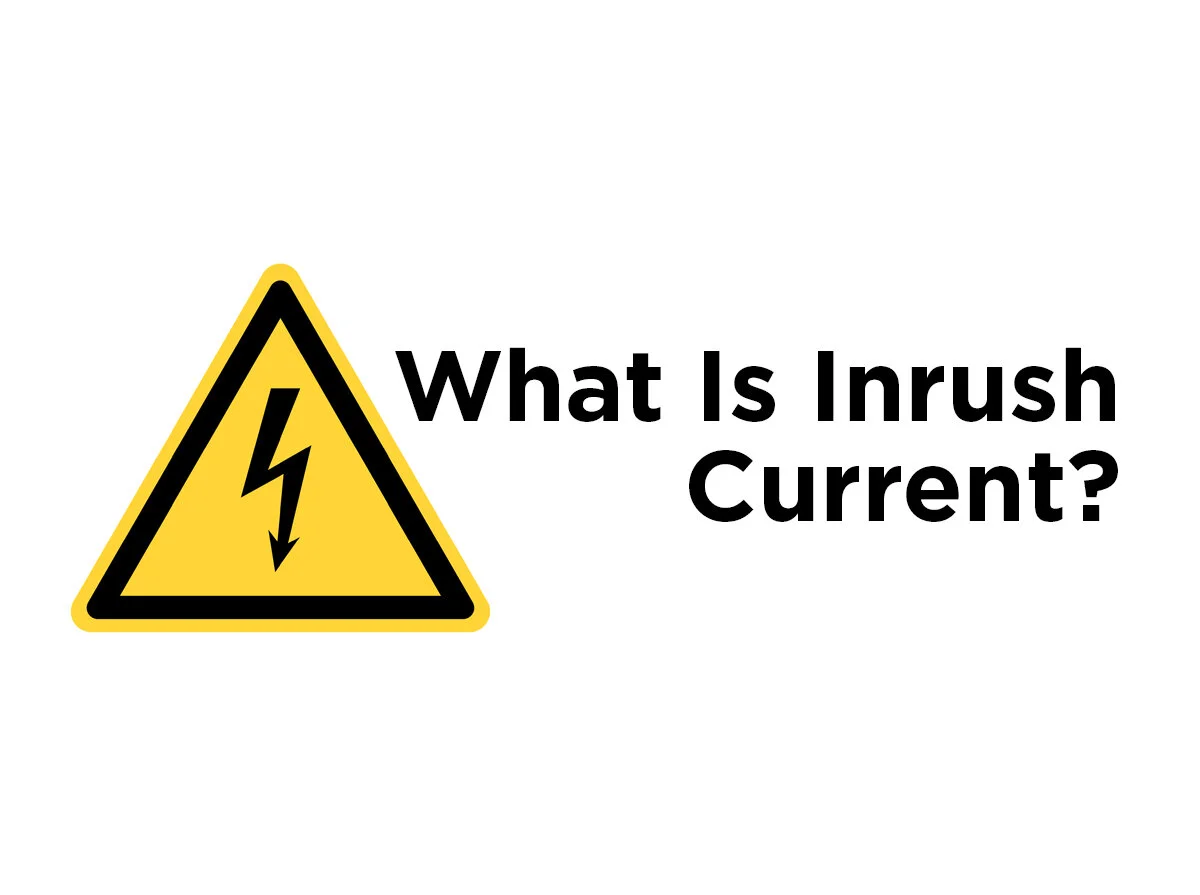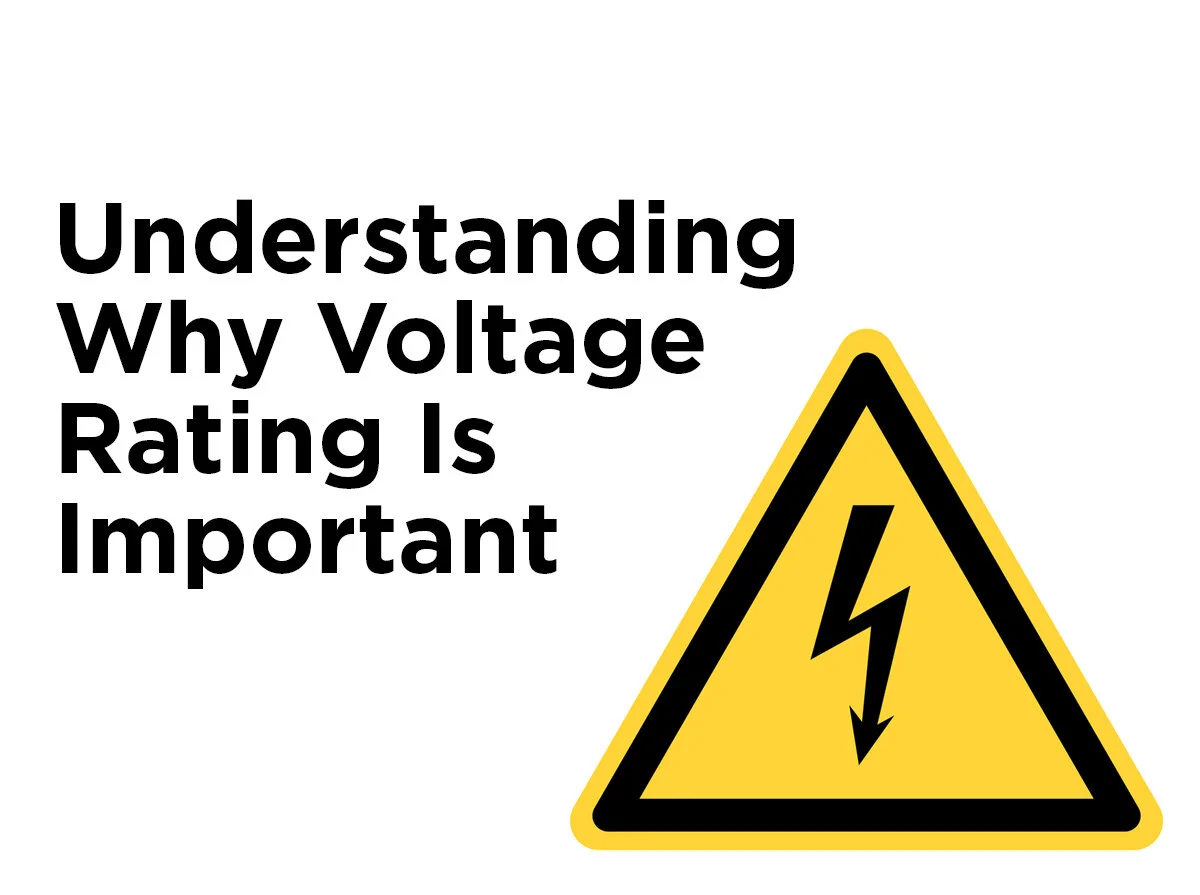Understanding Voltage Drop
You've finally decided to suck it up and make a go at it: you've spent the last few weeks retrofitting the lighting in your garage. It’s not the easiest task in the world, but you’re confident you can follow instructions from DIY videos. After installing new wiring, sockets, ballasts and light bulbs, the job is finally done. With a large grin and sweat dripping down your face, you go over to flip the switch and, to your dismay, some of the lights are significantly dimmer than others. Throwing up your hands, you decide that lights are evil. But, before condemning them all, let’s go over a common problem with voltage drop and how it may be the guilty party here.
Before you decide to call your local electrician, you should be aware that this problem, known as voltage drop, is a common occurrence. It describes how voltage loss occurs through all or part of a circuit due to impedance. Basically, as electric current moves through a cable, it grows increasingly weaker, causing lights that are on the same circuit to appear dimmer the further they are from the power source.
Causes of Voltage Drop
Excessive dropping is due to increased resistance in a circuit, typically caused by an increased load, or energy used to power electric lights, in the form of extra connections, components, or high-resistance conductors. However, the applied power, wire size, and wire length are all important factors when understanding or mitigating voltage drop. For example: Higher gauge (thinner) longer wires will have a higher drop rate than shorter wires that are a smaller gauge (thicker). This is because the resistance of a wire is based on its cross-sectional area over a distance. A wire or cable increases in electrical resistance when there is a longer distance for the current to travel or a smaller cross section for it to travel through, while shorter wires will have less resistance to electrical current because the current has a shorter distance to travel. Likewise, lower gauge wire has a larger cross-section, increasing surface area for electrical conductivity. In the case of lighting, the closer in proximity light fixtures are to the utility transformer or power source, the brighter your lights can be.
Not only do additional loads or components create more distance, each one adds more resistance. Another thing to remember is only the components that utilize or burn energy should be using energy. If there are more components than intended utilizing energy, this also creates resistance inside of the circuit.
Preventing Voltage Drop
There is some good news. Excessive voltage drop can be prevented to an extent, by using a wire that is shorter and thicker, since this means your bulbs are closer to the source (such as a transformer, driver, ballast, or outlet), and the cable itself has a lower resistance. Prevention is also possible when using a pair of secondary wires which have been twisted together within the transformer. If the output wires are close together you are less likely to experience unnecessary voltage drops. If you are still having issues, you should split the output into several circuits instead of allowing the full current to send power through a single circuit. By splitting your lights into parallel circuits (more than one closed circuit on a single voltage source) you vary the current flow through each circuit while preserving reducing the overall drop per individual circuit. The most important thing to remember is, if you stay within the manufacturer’s guidelines and specifications on maximum runs for an installation, then you should be able to prevent problems with your lighting.
Now that you understand a little more about this matter, hopefully you won’t have to place that call to your electrician, at least not today. What have your experiences been with voltage drop with your lighting? Let us know in the comment section below. As always feel free to pop over and chitchat with us on Facebook, Twitter, LinkedIn, Pinterest or Instagram!






